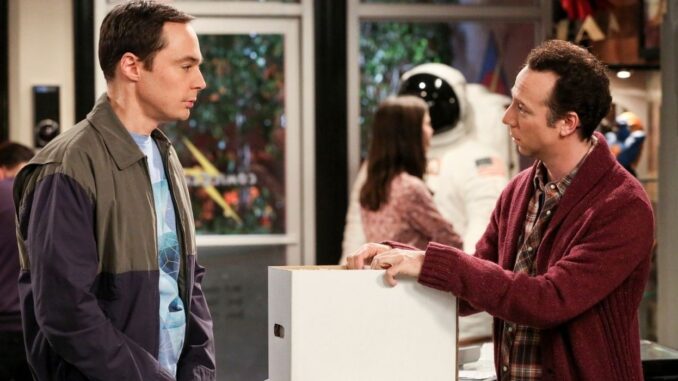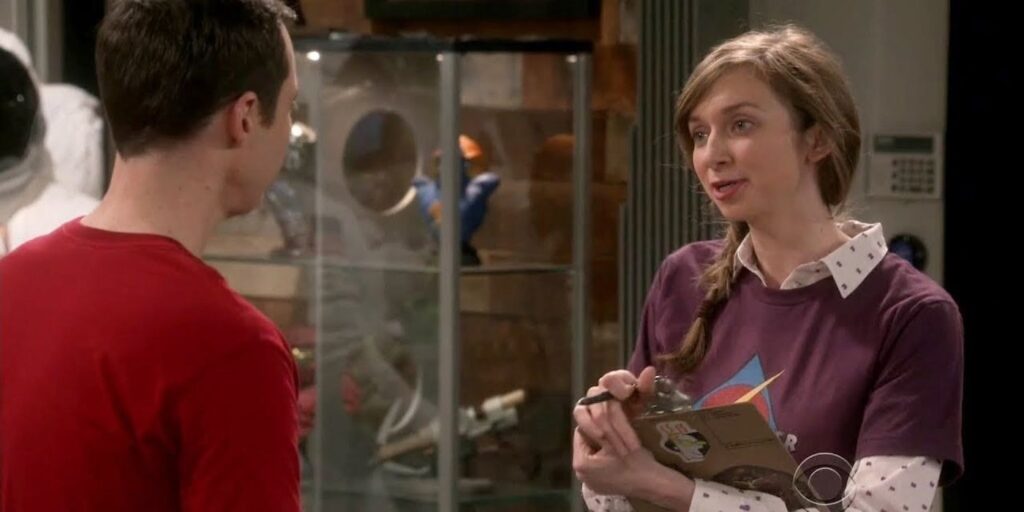
As excitement builds for the new spinoff from The Big Bang Theory, which will center on Stuart Bloom, played by Kevin Sussman, there’s a significant challenge looming: avoiding the trap of merely becoming an extension of Season 13. Unlike typical sitcom spinoffs, which often follow a character on a new journey, The Big Bang Theory has already taken an unconventional route. Its prequel, Young Sheldon, delved into the childhood of its breakout character, adopting a single-camera family sitcom format that starkly contrasts the original’s multi-camera style.
Revisiting The Big Bang Theory and Young Sheldon
Before diving into the new spinoff, it’s essential to reflect on how The Big Bang Theory and Young Sheldon set the stage. After The Big Bang Theory concluded, Young Sheldon explored Sheldon Cooper’s formative years, and now Georgie & Mandy’s First Marriage, another spinoff, continues the narrative while reverting to the multi-camera format. As of October 2024, reports indicate that a new spinoff is in the “early stages of development” at Max, with some original cast members expected to return.
The Dilemma of Character Appearances
The spinoff’s focus on Stuart presents a unique conundrum. As a significant supporting character who formed bonds with the main cast, Stuart’s comic book store was like a second home to the central group. Some of the series’ most memorable moments took place in that setting, making it feel unnatural for the new show to exclude appearances by Leonard, Penny, Sheldon, and the rest.
While including these characters could generate excitement and nostalgia, it raises an important question: how do you create a spinoff without it overshadowing its primary focus on Stuart? The risk is that if the original characters show up frequently, the new series could easily feel like a continuation of The Big Bang Theory, rather than an independent narrative.

Avoiding a “Season 13” Situation
Bringing back beloved characters from the original series could overshadow Stuart and his new journey. The original cast members, who were among the highest-paid actors on television at the show’s end, would inevitably draw attention away from the new leads. Their presence could shift the focus, turning the spinoff into a sequel rather than a fresh exploration of new storylines.
To illustrate, if Amy and Sheldon appeared in the first episode, they would likely become the focal point of discussions surrounding the show, potentially detracting from the development of new characters. This scenario is reminiscent of That ’70s Show, which faced similar issues with its follow-up, That ’90s Show. However, the generation gap in that case allowed for a clearer separation between the old and new cast.
Striking a Balance with Occasional Cameos
The key to making this spinoff work lies in balance. One viable approach would be to limit the appearances of the original cast to occasional cameos. For instance, having Sheldon and Amy visit the comic book store would satisfy fans’ nostalgia while allowing the spinoff to establish its own identity. This method enables viewers to witness the continuation of familiar characters’ lives without allowing them to overshadow the new dynamics.
By strategically crafting storylines that highlight Stuart, Denise, and Bert while sprinkling in brief cameos from the original cast, the spinoff can maintain a connection to The Big Bang Theory without becoming a direct continuation. This balance will be crucial for engaging fans of the original series while developing new characters and stories that stand on their own.
In conclusion, as the spinoff of The Big Bang Theory moves forward, it faces the challenge of honoring its roots while carving out a distinct path. By embracing a careful approach to character appearances and focusing on new narratives, the show can navigate the complexities of transitioning from a beloved original to a fresh take in the same universe.
